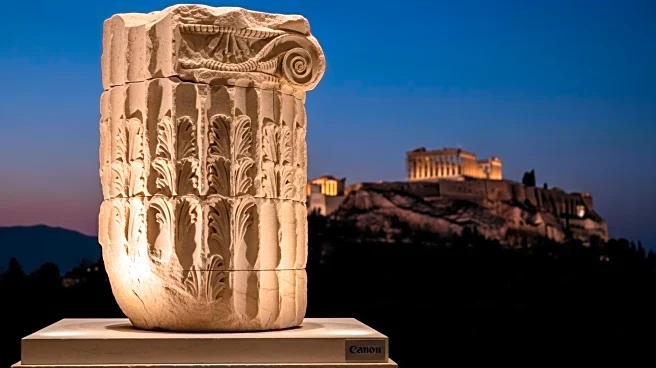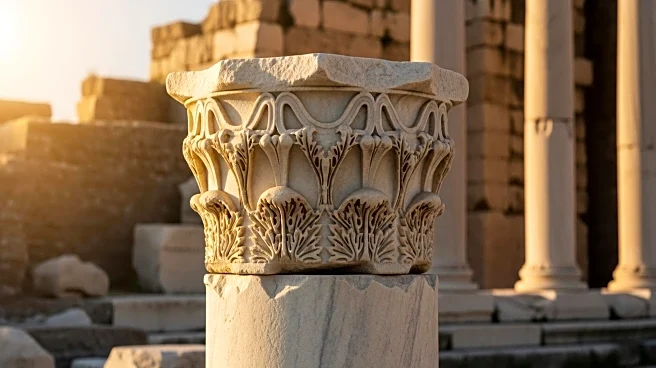What is the story about?
The Acropolis of Athens, an ancient citadel, has left a significant cultural footprint on architecture, art, and politics around the world. As a UNESCO World Heritage Site, the Acropolis is recognized for its historical significance and enduring legacy. Its geographic reach and institutional presence reflect the influence of ancient Greek civilization, offering insights into the development of Western culture.
Geographic Reach
The Acropolis is located on a rocky outcrop above the city of Athens, Greece, providing a vantage point for defense and a prominent location for religious activities. Its geographic reach extends beyond Greece, influencing the design of public buildings and cultural landmarks around the world.Institutional Presence
The Acropolis is a symbol of ancient Greek civilization, attracting millions of visitors each year. Its institutional presence is reflected in the numerous museums and cultural institutions dedicated to preserving its architectural and historical significance.Economic and Social Footprint
The Acropolis has had a significant economic and social impact on Athens, attracting tourists and contributing to the city's cultural and economic development. The site serves as a cultural touchstone, reflecting the values and achievements of ancient Greek civilization.Environmental or Community Impact
The Acropolis has faced numerous environmental challenges, including pollution and erosion, which have threatened its architectural and historical significance. Efforts to preserve the site have included restoration projects and the removal of modern additions, ensuring that the Acropolis remains a symbol of ancient Greek civilization.AI Generated Content
Do you find this article useful?













